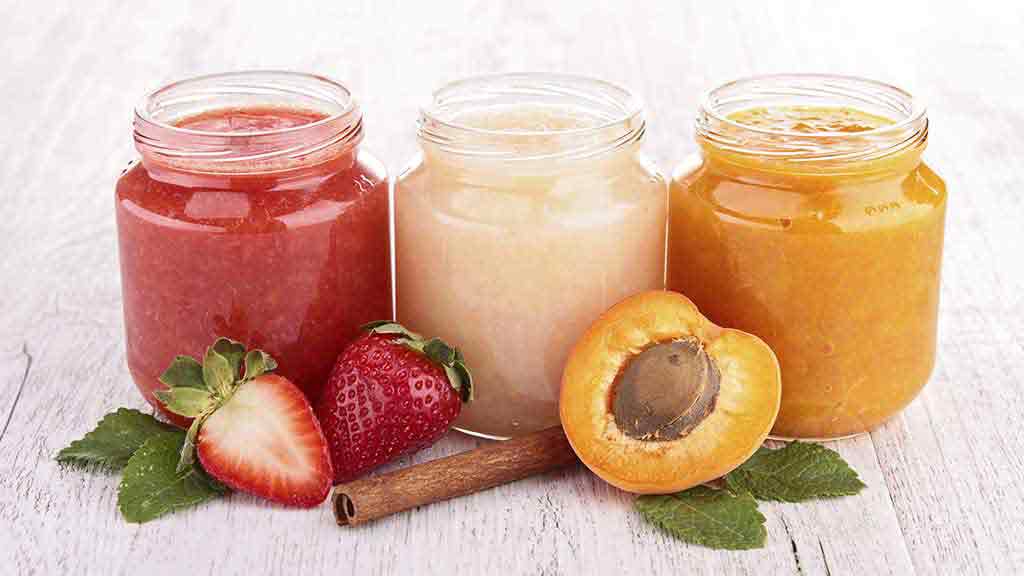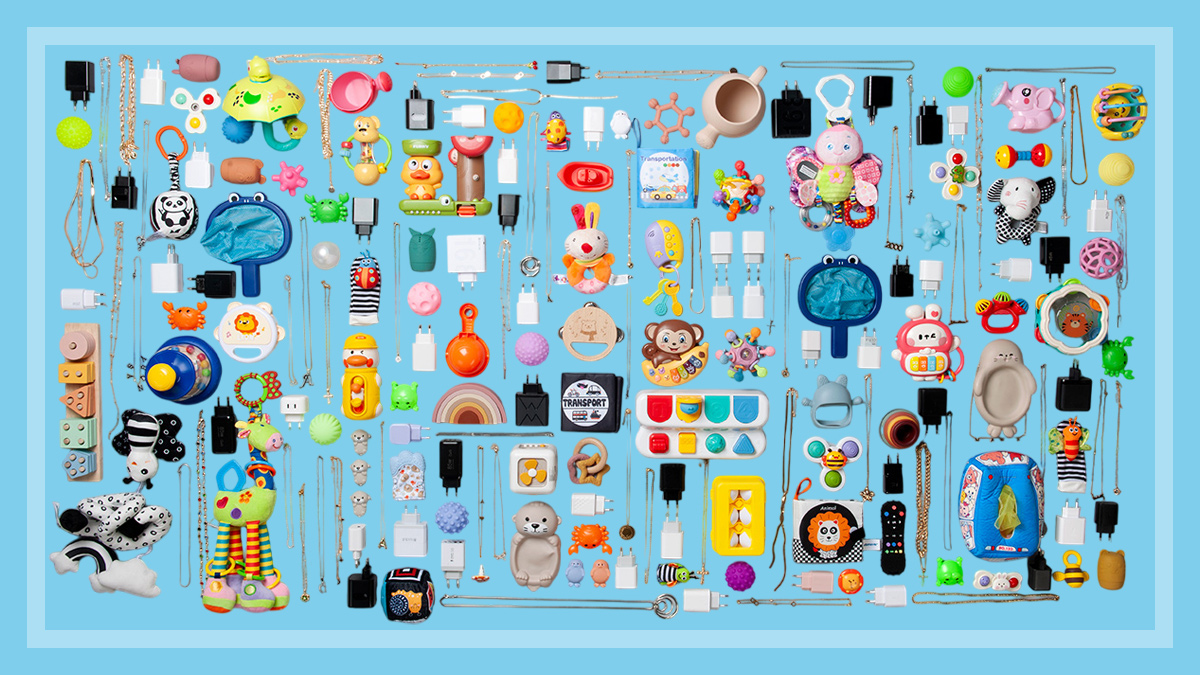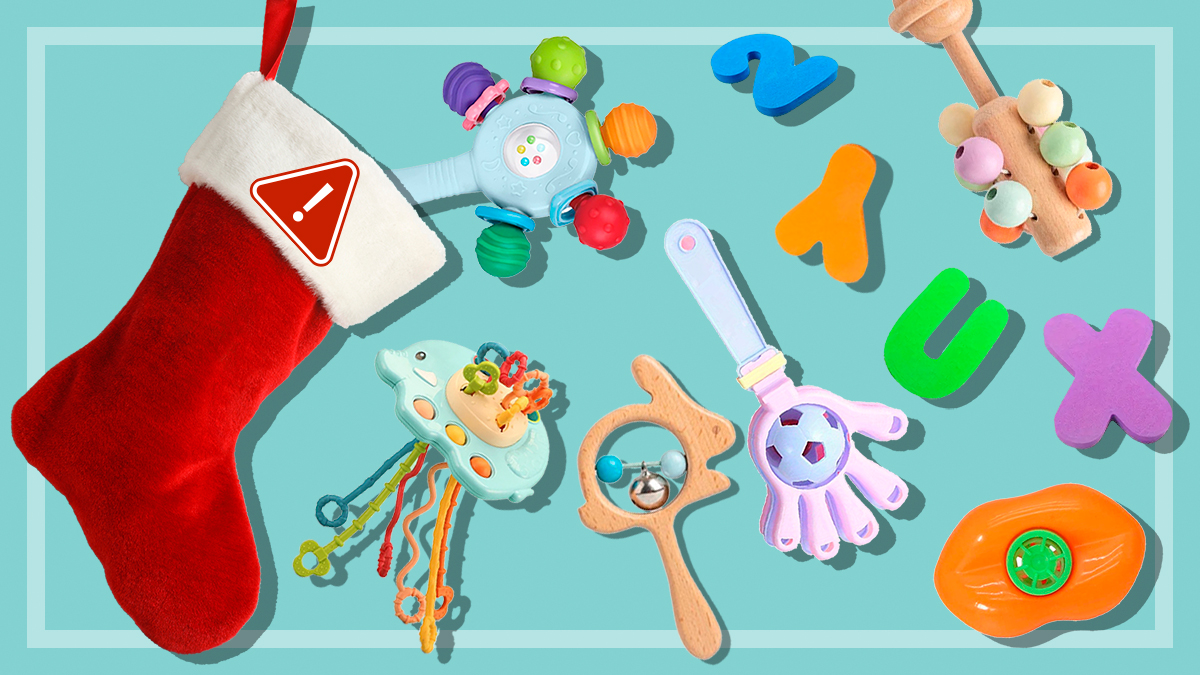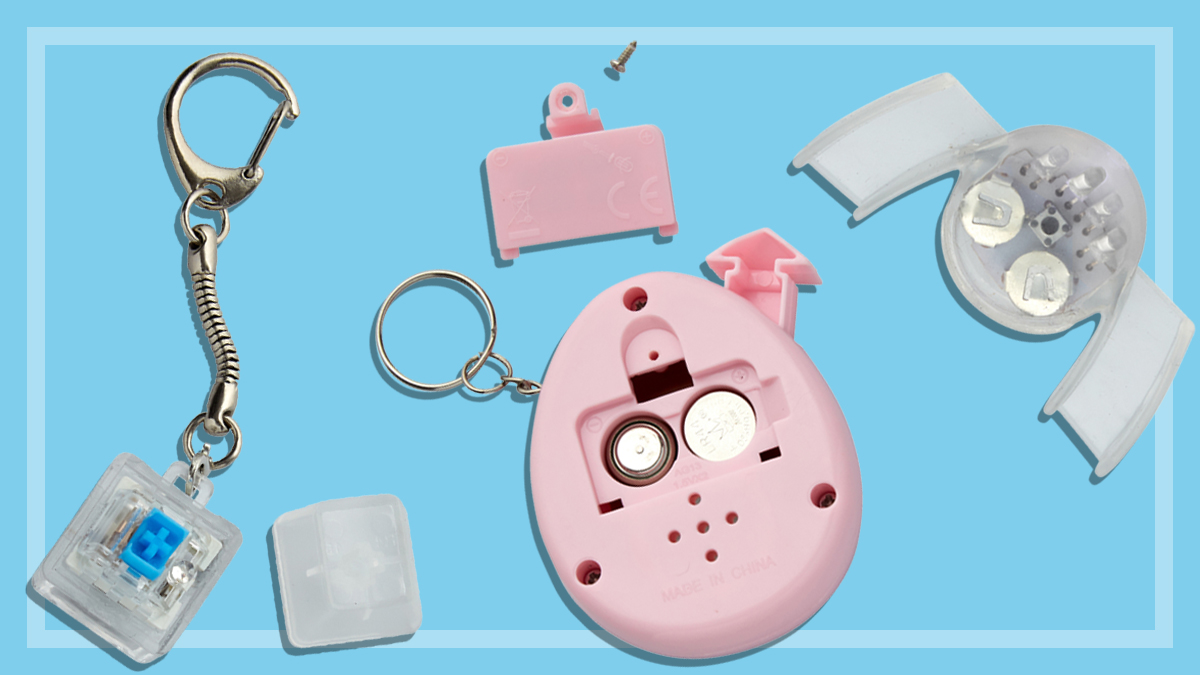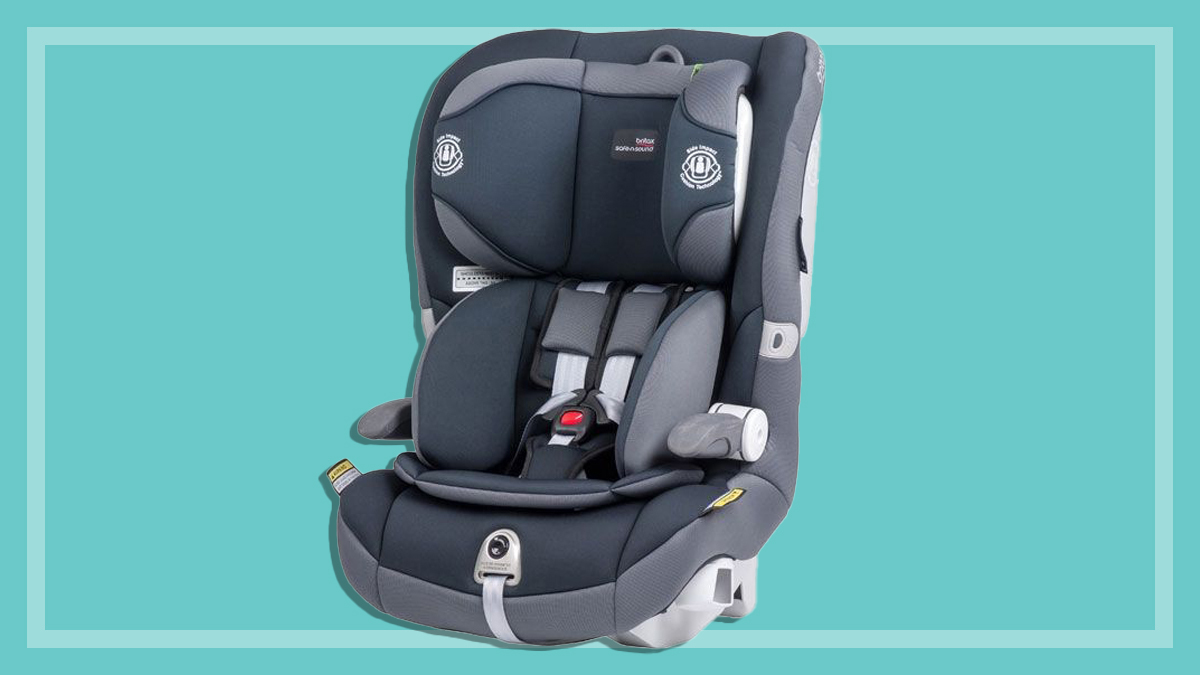How to choose the best baby food
What's most important in your baby's meals?
Last updated: 3 Nov 2016
Making the transition to solids for your baby can be an exciting (and inevitably messy) time. Decisions about what’s safe, what’s healthy and nutritious and what your baby will actually swallow rather than spit back at you are front of mind.
On this page:
While making food at home will be cheaper and you’ll know exactly what’s in it, buying commercially available baby food can be a sanity saver.
Here’s what to consider when choosing the best baby food.
Percentage of ingredients
Under Australian food labelling laws manufacturers must list ingredients on the label in descending order of weight, but they only need to declare the percentage of ‘characterising’ ingredients – the ones mentioned in the product name or pictured on the label. An ingredients list that shows the percentage of ingredients gives you a good idea of how much real food has been used, and whether it reflects the name – “pureed peaches” might actually be 15% apple.
Added sugar
Check the ingredients list for added sugars (including honey and fruit juice concentrate which can act as a sweetener and isn’t as nutrient-dense as whole fruit). If more than four percent (4g per 100g) sugars are added, the label must say it’s ‘sweetened’. Check the nutrition panel for sugar content per 100g.
Salt
Like sugar, salt is an unnecessary addition. The amount of salt baby foods can contain is limited – no more than 100mg of sodium per 100g in meat, veggie and fruit baby food, no more than 300mg per 100g for biscuits and no more than 350mg per 100g for rusks. Check the nutrition panel for sodium content per 100g.
Thickeners and water
Sometimes maize starch or flour, rice, ground rice or rice flour are used as thickeners for aesthetic and texture reasons. They’re safe and sometimes necessary, but water and thickeners can also take the place of more nutrient-dense ingredients. Babies need a high-nutrient diet, so the more real food in a product, the better. If fillers are used, check that they are low down on the ingredients list.
Additives
Vitamin C is often added to make up for losses in processing, and it acts as an antioxidant to prevent fats going rancid and fruit and veg turning brown. But food regulations mean you won’t find additives such as preservatives, colours and flavours in any foods for babies under 12 months, so don’t be swayed by claims of no added this or artificial that.
Fresh versus shelf-stable
Jars, cans and shelf-stable containers have the highest level of heat treatment and so have retained the lowest level of heat-sensitive vitamins. Chilled products with long shelf lives in the fridge are less treated, and chilled products with short shelf lives and products which must be kept frozen are the least heat treated (and the closest to making it yourself).
Organic
If you want a 100% organic product, look carefully at whether all or only some ingredients are certified organic.
Snacks and dessert
Dietitians have told CHOICE that babies don’t processed baby snacks or dessert. But if you must, look for products with no or minimal added sugars. 100% fruit purée mixed with natural yoghurt is a reasonable option.
Related
Rachel Clemons is an award-winning journalist who worked at CHOICE from 2004–2022.
During her time at CHOICE her core focus was on food and nutrition, from reviewing breakfast cereals and fast food to dispelling myths about the benefits of detox kits and gourmet salt or translating confusing food labels – with the occasional taste test thrown in for good measure.
Prior to CHOICE she lived overseas, working predominantly in hospitality when she wasn't travelling and eating her way through various cuisines. She holds a Master of Science in Nutrition from King's College London (where she also researched and wrote for CHOICE's UK sister organisation, Which?), and a Bachelor of Science, Health Sciences from the University of Adelaide.
In 2017 she won the Dietitians Association of Australia's Nutrition Journalism Award and she's currently on the Steering Committee as a Parent Member of Parents' Voice.
You can find her on Twitter and LinkedIn.
Rachel Clemons is an award-winning journalist who worked at CHOICE from 2004–2022.
During her time at CHOICE her core focus was on food and nutrition, from reviewing breakfast cereals and fast food to dispelling myths about the benefits of detox kits and gourmet salt or translating confusing food labels – with the occasional taste test thrown in for good measure.
Prior to CHOICE she lived overseas, working predominantly in hospitality when she wasn't travelling and eating her way through various cuisines. She holds a Master of Science in Nutrition from King's College London (where she also researched and wrote for CHOICE's UK sister organisation, Which?), and a Bachelor of Science, Health Sciences from the University of Adelaide.
In 2017 she won the Dietitians Association of Australia's Nutrition Journalism Award and she's currently on the Steering Committee as a Parent Member of Parents' Voice.
You can find her on Twitter and LinkedIn.

